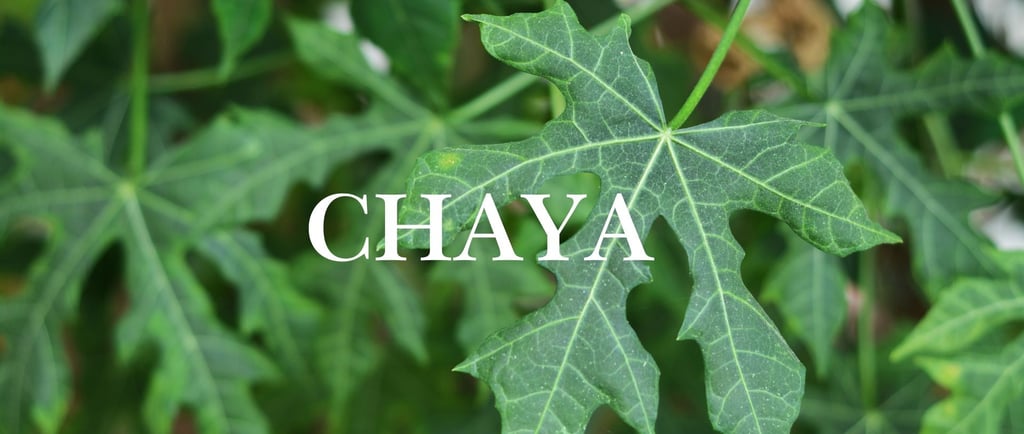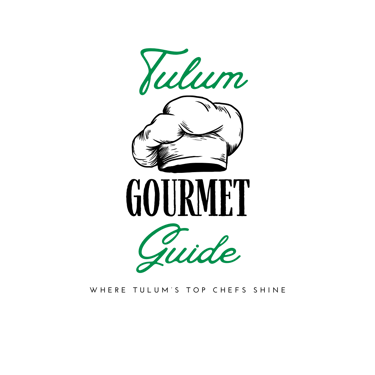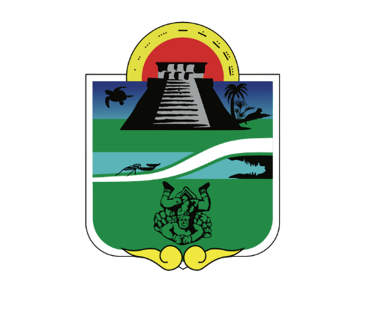Chaya: The Green Treasure of Maya Cuisine
Discover everything about chaya, the ancestral superfood of Maya cuisine: traditional uses, nutritional value, typical dishes, and its role in contemporary Tulum gastronomy. Preguntar a ChatGPT
INGREDIENTES DE LA REGIONCOCINA LOCAL Y ANCESTRAL
Ro Madrid
5/8/20243 min read


Chaya: The Green Treasure of Maya Cuisine
In the lush land of southeastern Mexico, where the jungle intertwines with ancient history, grows an ancestral plant that has been a fundamental part of the diet and medicine of the Maya people: chaya. This vegetable, also known as Cnidoscolus aconitifolius, is much more than an edible leaf. It is a symbol of ancestral wisdom, a nutritional gem, and an essential ingredient in the traditional cuisine of the region.
What is chaya?
Chaya is a perennial shrub native to the Yucatan Peninsula. Its large, green, palm-shaped leaves have been used for centuries in traditional Maya cuisine and medicine. Although its appearance is similar to that of spinach, its flavor, properties, and resilience make it a unique ingredient in its own right.
Important note: Chaya leaves must be cooked before consumption, as raw leaves contain toxic compounds (cyanogenic glycosides) that disappear when boiled for at least 5 minutes.
Ancestral uses of chaya
For the Maya, chaya was considered a sacred plant with medicinal powers. It was used for:
Strengthening the blood (due to its high iron content)
Treating digestive issues
Combating fatigue and weakness
Relieving inflammation and pain
It was common to drink the cooking water as a tonic or prepare infusions with its leaves. In traditional cuisine, it was integrated into stews, tamales, and beverages, as a symbol of health and balance.
Traditional dishes with chaya
Chaya is versatile and has a slightly herbal flavor, with earthy notes and a bitter touch that reminds one of Swiss chard or spinach, but more robust. Some dishes in which it shines:
Chaya tamales: Corn dough mixed with cooked chaya, sometimes filled with cooked egg or ground pumpkin seed.
Eggs with chaya: A Yucatecan classic where the cooked chaya is sautéed with scrambled egg.
Venison or pork tzic with chaya: Shredded meat dressed with sour orange, red onion, and chaya leaves.
Chaya soup: Based on chicken or vegetable broth, combined with corn and other vegetables.
Chaya patties with cheese: Mixture of cooked chaya, egg, grated cheese, and spices, fried into small cakes.
In contemporary cooking, chaya also appears in green smoothies, gourmet salads (always previously cooked), alternative pestos, or as a star ingredient in artisanal tortillas.
Nutritional value of chaya
Chaya is considered a Mesoamerican superfood, as it contains an impressive concentration of nutrients:
NutrientHighlighted amountIronHigher than spinachCalcium5 times more than milkVegetable proteinRich in essential amino acidsVitamin CPotent antioxidantFiberHigh, improves digestion
Additionally, it strengthens the immune system, regulates blood sugar, combats anemia, and promotes circulation.
Chaya in contemporary Tulum cuisine
With the explosion of sustainable, organic, and local proximity cuisine in Tulum, chaya has found a new honored place. Chef-authors integrate it into their menus as a symbol of local identity and commitment to regional products. It can be seen in vegan dishes, green cocktails, fresh pasta, or even as an edible decorative element in haute cuisine dishes.
Moreover, its cultivation is sustainable: it withstands droughts, grows in poor soils, and requires little maintenance, making it a perfect ally for conscious cooking projects and food self-sufficiency.
Conclusion: Eating chaya is connecting with the earth
Each chaya leaf contains history, health, and flavor. Including it in our diet is not just a gastronomic act, but a gesture of respect towards Maya wisdom, the biodiversity of the Mexican Caribbean, and the culinary richness of the peninsula.
In Tulum Gourmet Guide, we celebrate this essential ingredient and invite you to discover, cook, and taste it with an open heart and attentive senses.
"Let your medicine be your food and your food your medicine" – Ancient Maya wisdom






